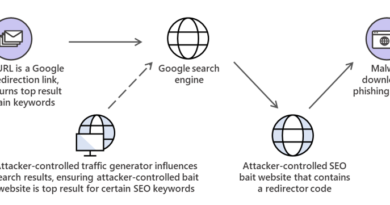TLS version enforcement capabilities now available per certificate binding on Windows Server 2019

At Microsoft, we often develop new security features to meet the specific needs of our own products and online services. This is a story about how we solved a very important problem and are sharing the solution with customers. As engineers worldwide work to eliminate their own dependencies on TLS 1.0, they run into the complex challenge of balancing their own security needs with the migration readiness of their customers. Microsoft faced this as well.
To date, we’ve helped customers address these issues by adding TLS 1.2 support to older operating systems, by shipping new logging formats in IIS for detecting weak TLS usage by clients, as well as providing the latest technical guidance for eliminating TLS 1.0 dependencies.
Now Microsoft is pleased to announce a powerful new feature in Windows to make your transition to a TLS 1.2+ world easier. Beginning with KB4490481, Windows Server 2019 now allows you to block weak TLS versions from being used with individual certificates you designate. We call this feature “Disable Legacy TLS” and it effectively enforces a TLS version and cipher suite floor on any certificate you select.
Disable Legacy TLS also allows an online or on-premise web service to offer two distinct groupings of endpoints on the same hardware: one which allows only TLS 1.2+ traffic, and another which accommodates legacy TLS 1.0 traffic. The changes are implemented in HTTP.sys, and in conjunction with the issuance of additional certificates, allow traffic to be routed to the new endpoint with the appropriate TLS version. Prior to this change, deploying such capabilities would require an additional hardware investment because such settings were only configurable system-wide via registry.
For a deep dive on this important new feature and implementation details and scenarios, please see Technical Guidance for Disabling Legacy TLS. Microsoft will also look to make this feature available in its own online services based on customer demand.
Bookmark the Security blog to keep up with our expert coverage on security matters. Also, follow us at @MSFTSecurity for the latest news and updates on cybersecurity.
READ MORE HERE



